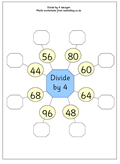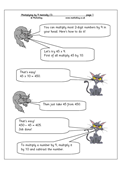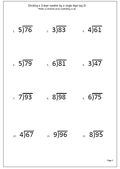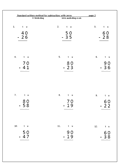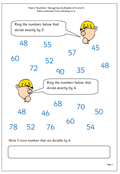 There are some things which children can learn which can really help them later at High School. Tests of divisibility are a great set of ‘tricks’ to know and will certainly help any child with their maths in the future. This page looks at divisibility by 4 and 5. Being divisible by 5 means that there is no remainder when a number is divided by 5; in other words it divides exactly.
There are some things which children can learn which can really help them later at High School. Tests of divisibility are a great set of ‘tricks’ to know and will certainly help any child with their maths in the future. This page looks at divisibility by 4 and 5. Being divisible by 5 means that there is no remainder when a number is divided by 5; in other words it divides exactly.
Recognising when a number is divisible by 5 is easy: only whole numbers ending in 5 or 0 are divisible by 5.
Recognising a number which is divisible by 4 is harder: are the last two digits divisible by 4? If so then the number is too. eg 156344 is divisible by 4. (try it with a calculator.)
This worksheet only uses 2-digit numbers which by year 4 children should be able to divide by 4 in their heads. (Halve and halve again: if the answer is a whole number it is divisible by 4).
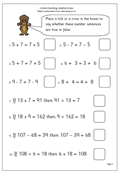
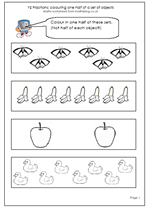
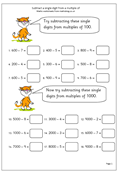
 Good luck to all those taking SATs.
Good luck to all those taking SATs.